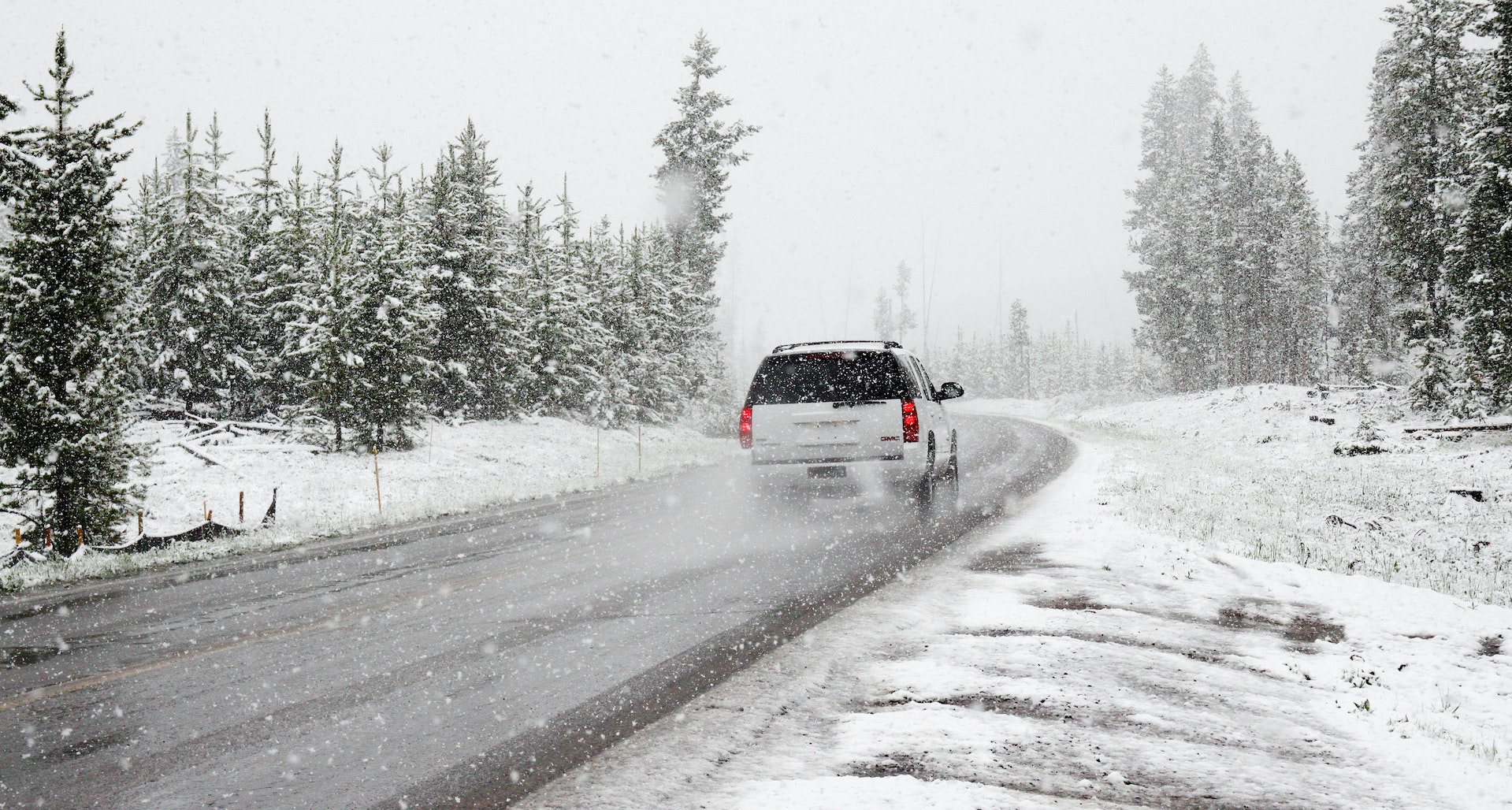With Winter officially arriving as of December 1st, the weather will only continue to get colder. We want to help ensure you stay safe on the road and that your car or vehicle stays functional throughout the winter months. Today we are going to walk you through common issues that arise around wintertime and how to fix or prevent them from happening in the first place.
Battery Losing Energy
In the colder months, you may find that your battery isn’t putting out as much power as it should when starting. This may look like dimmer internal lights when turning the key or the ignition struggling to turn over at all. To avoid this, make sure you turn the engine on and allow the car to warm itself for a few minutes, when the engine sits idle the alternator turns over allowing the battery to be recharged by the engine. Once the engine is warm you can safely turn on the other electrics without fear of draining the battery completely.
Tyre Pressure
Correct tyre pressure ensures your car stays firmly stuck to the road creating the right amount of contact and traction to keep you moving across various weather conditions. Cold temperatures cause changes in tyre pressure, causing them to lose pressure the colder it gets. If the tyre pressure is lower, the tyres deflate slightly, or a lot, putting you at risk of skids and crashes, especially in the cold winter months. To avoid accidents and potential roadside fixes, ensure your tyres are inflated to their recommended PSI, found in your car manual, before setting off on your journey.
Spark Plugs
Spark plugs can cause car problems all year round that are only exacerbated by winter weather. If your spark plugs aren’t in a healthy condition your engine may have trouble starting, it may misfire, which means one, or more, of the cylinders, aren’t producing power. This results in slower acceleration, reduced power overall and some unsightly sounds coming from your engine. To avoid this, ensure all spark plugs are healthy and in working order. Most manufacturers recommend having them changed once every 30,000 miles.
Corrosion
Cold weather means a lot of moisture, it is often damp in the air even if there is no sign of rain. The combination of a constant presence of moisture, mixed with the cold temperatures, can cause the metals in the car to corrode over time. They get a build-up of rust and are weakened by the heating of the car when it is on, and the rapid cooling of the ice-cold temperatures outside. This type of damage can cause a car to fail its MOT and expose even more vulnerable parts of the car to the weather and elements. It is important to check your car for any signs of corrosive wear and to get it checked out as soon as you can to ensure your vehicle is safe to drive on the roads.
Monitor Your Wipers
Cold weather again affects the wipers on your windscreen. The rubber is made to exist outside but even so, over time the cold can cause the rubber to become brittle and cracked, more so if they are already old. As the cold temperatures set in and the wipers become more brittle and frigid, they can break and cease to clean the windscreen as effectively. It is important to check and monitor your wiper health and get them changed if need be. It is a relatively simple check and a cheap replacement if needed, but absolutely essential for driving in cold and wet conditions.
Check Your Cooling System
The coolant in your engine is needed to keep your engine both running at high temperatures and functioning at low temperatures. If the coolant isn’t working effectively the internal damage it can do to your car is catastrophic. We have an in-depth blog talking more about the cooling system
here.Radiator
Your radiator is what heats the car up, it is flushed with cooling to stop the engine from overheating, and oil to lubricate the internals of the car. Sometimes the oil isn’t suitable for colder weather and a less viscous oil would be better. Make sure to monitor your oil levels along with your coolant, and if your radiator doesn’t seem to be working properly changing the oil and coolant could help solve the issue.
Check Your Battery
Batteries are affected by the cold too. The lower temperatures make it harder for the chemicals inside batteries to undergo the reaction which releases electrons in a flow we call electricity. Aside from corrosion on the battery terminal contacts, the cold weather can mean it is harder for your battery to start. An interesting point to make is that the cold can actually leech energy out of the battery. The moisture in the air means a very small charge of electricity is slowly lost. So, if you don’t use your car much in the cold weather you could end up with a dead battery as a result. To prevent this, make sure you take long journeys as well as short ones to give your battery time to recharge. You can also look to replacing the battery with a better ampage for cold starts, the initial burst of power helps to overcome the effects of the cold and ensure your battery keeps providing power deep into the winter months.
Have a Winter Breakdown Kit
And finally, an essential that should be in everyone’s boot this winter, is a winter breakdown kit. They can be bought online or you can put your own together but should include:
- Warm clothes/blanket
- Torch and spare batteries
- Hi-visibility vests
- Hazard Sign in case the battery is dead
- Folding snow shovel
- Foil Blanket
- Rain poncho
- Booster/Jump cables
- Tyre Grips for snow
With these essentials and checks in place, you should be ready to take on the winter months in safety and security and with the tools and advice, you need to mitigate any problems that arise along the way.





